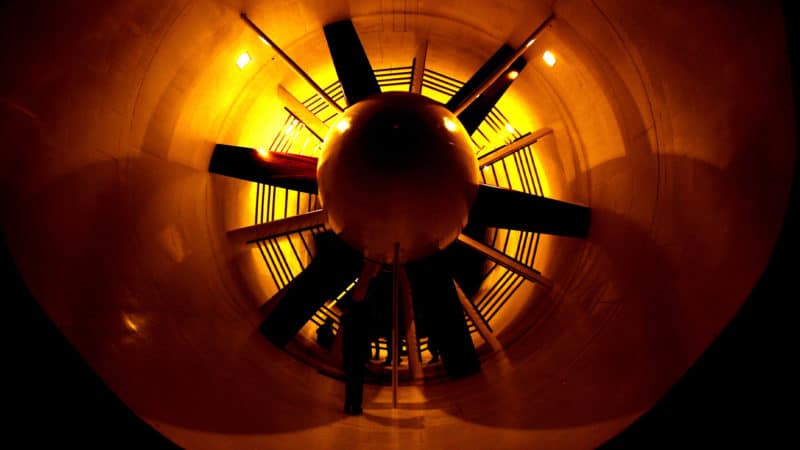However, it is likely to fuel further controversy over the result of last year’s F1 drivers’ championship, decided at the contentious Abu Dhabi Grand Prix, which saw Max Verstappen taking the lead — and the drivers’ title — from Lewis Hamilton on the final lap, after an unprecedented early end to a safety car period.
Hamilton has already said that he could have been champion if Mercedes had been able to spend £300,000 more in developing the 2021 car.
Last year was the first in which the cost cap applied, as one of the measures introduced to make F1 more affordable and competitive.
The FIA announced the penalties in a document that states the overspend resulted from a procedural error in which costs totalling £5,607,000 in total were not accurately accounted for. When these were added to last year’s spending, Red Bull’s budget exceeded the cap.
However, the team also inaccurately applied a “notional tax credit”. If this had been correctly reported, Red Bull’s breach would have been substantially lower. There is little further detail on this, but it may refer to a government scheme that allows companies to claim tax relief on certain research and development costs.
The FIA said: “Had Red Bull applied the correct treatment…it would have been considered by the cost cap administration to be in compliance with Article 4.1(b) of the regulations and therefore RBR’s relevant costs for the 2021 reporting period would have in fact exceeded the 2021 cost cap by £432,652 (0.37%).”
How Red Bull overspent the cost cap
Most of the inaccuracies in Red Bull’s accounts were linked to administrative functions. They included:
•Catering services
• Employer’s social security considerations
• Costs in respect of non-F1 activities
• Costs related to disposal of assets
• Apprenticeship levies
• The cost of using power units
• Costs charged by Red Bull Powertrains to the team
• Travel costs
By agreeing an ABA, Red Bull ensured that it would not receive a points deduction for the 2021 season, which could have affected the championship results, as the sanction cannot be applied as part of a negotiated penalty.

Red Bull’s wind tunnel use will be further restricted after cost cap penalty
Red Bull
Red Bull’s penalties for breaching the F1 cost cap
Red Bull must now pay its $7m fine within 30 days of October 26, when the ABA was agreed. The money does not come out of this year’s cost cap allowance.
The aerodynamic testing reduction comes into play immediately, for a period of 12 months from October 26. It is likely to have a severe impact on Red Bull, which already has the lowest wind tunnel and computational fluid dynamics (CFD) testing allowance of all teams on the grid, by dint of its position at the top of the championship.
The allowances are recalculated twice a year, at which time the team that’s top of the constructors’ table is allowed 70% of a baseline limit, which increases by 5% for each position down the table. Until October 26, Red Bull had the 70% allowance. Ferrari has 75% of the baseline and Mercedes 80%, down to Williams, which has 115%.
“Red Bull has acted co-operatively and that there is no accusation that it has sought to act dishonestly”
Since the ABA was agreed, the 10% penalty has reduced Red Bull’s allowance to 63% of the baseline — 12% less than Ferrari.
With the 2023 baseline set at the equivalent of 160 wind tunnel runs and 1000 CFD simulations per month, Red Bull will have 101 wind tunnel runs and 630 CFD simulations a month in the first part of next year, compared with 120 runs and 750 simulations for Ferrari (assuming it remains second in the championship).
Red Bull will also have to meet the costs of the ABA procedure.
“Following the submission of all required documentation by all ten Formula 1 teams, the cost cap administration carried out the first ever review process under the Formula 1 world championship financial regulations,” the FIA said in what read as an almost conciliatory statement. “These new financial regulations are a very complex set of rules that competitors were required to adapt to for the first time.”
“Red Bull Racing was found to be in breach, however, the cost cap administration recognised that Red Bull Racing has acted co-operatively throughout the review process and has sought to provide additional information and evidence when requested in a timely manner, that this is the first year of the full application of the financial regulations and that there is no accusation or evidence that RBR has sought at any time to act in bad faith, dishonestly or in fraudulent manner, nor has it wilfully concealed any information from the cost cap administration.”

